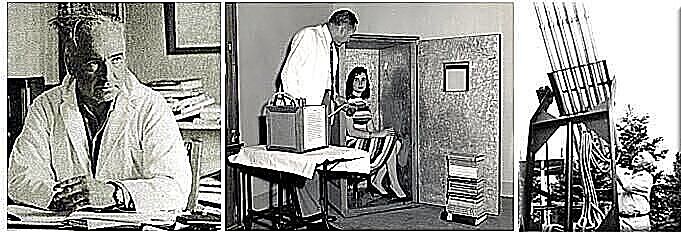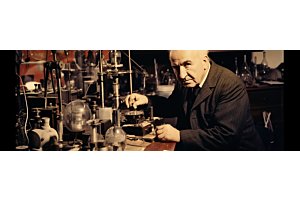
Of a long list of literary figures and scientists of the 20th century, one of the most pioneering, charismatic and influential in the subject of the psyche was Wilhelm Reich.
Who was Wilhelm Reich?
Wilhelm Reich was an inventor, who promoted the theory of orgone, American citizen, of Jewish origin. He is known for his theories of sexology, psychoanalytic therapy, and his commitment to sexual liberation and his theories and research on "orgone energy".
With whom did you collaborate?
Wilhelm Reich was one of the first to collaborate with Sigmund Freud, around 1922. Showing great enthusiasm for Freud's theories.
Reich realized that the muscular patterns could be explained from the point of view of a vital energy (which he would later call orgone energy) that runs through the body. Here Reich rediscovered for the West the concept of chi (also called baraka or vril) extended in the East and hermetic societies.
What did your studies focus on?
His studies focused on orgone, a word that combines "organism" and "orgasm." For Wilhelm Reich, orgone is the vital energy of all organisms. Furthermore, it is blue in color, measurable and omnipresent.
All living matter is created and produces this energy. In order to publicize it, he built the first Orgone Energy Accumulator in 1940, made with a wooden box or other organic material lined inside with metal, since the former would absorb orgone energy while the latter would attract it. The discoverer's goal was to make energy flow in the body of his patients. Illnesses such as cancer, for him were nothing more than accumulations of negative orgones, he did experiments with terminal cancer patients thinking that he could help them. He created the Orgón Institute, a research center, his own publishing house, and it should be noted that the results of his research have only been replicated by his followers, in no case by skeptics.
His difficult and complicated life.
He was persecuted for his work and works, in several countries such as Sweden, Norway and Denmark.
He continued to be persecuted. His works were classified as advertising for orgone accumulators and were burned by the FDA (The Food and Drug Administration of the United States), an institution that demanded that all the devices be destroyed, as well as each of his writings, articles and books. , in which the word "orgone" appeared, that is, practically all the work published by the author.
Where did he die?
Wilhelm Reich died in the Lewisburg prison, in Pennsylvania, USA, in November 1957. Ten years after his death, the writing "Reich speaks of Freud" was published, which is a series of interviews conducted for the Sigmund Archives Freud; It contained a documentary annex of articles and letters, which made clear many aspects of that moment that prevented seeing the scientific assessment of the work of Wilhelm Reich, and understanding why there was a conspiracy of silence for a long time.
What was his legacy?
In Wilhelm Reich's will, he wrote that his archives, documents and all his written legacy were to be made available to the public fifty years after his death, a deadline that expired in November 2007. In the library of the medical school of the Harvard University, all those interested in scientific studies can request access to this documentation








